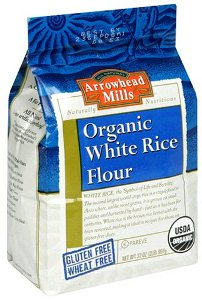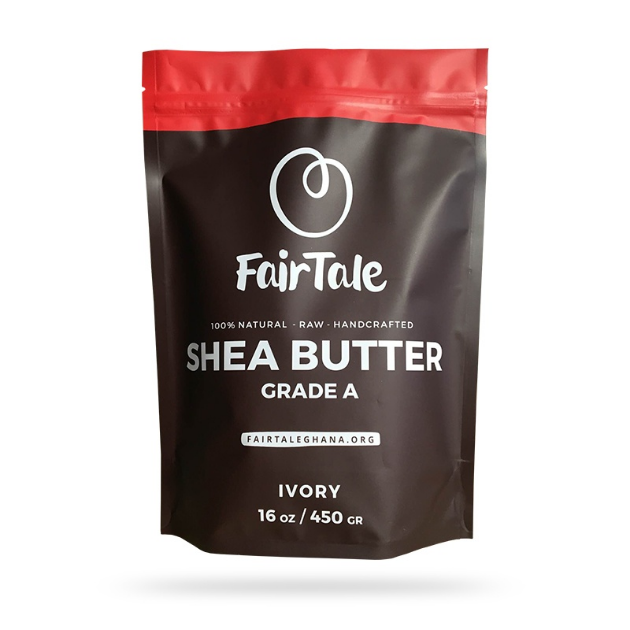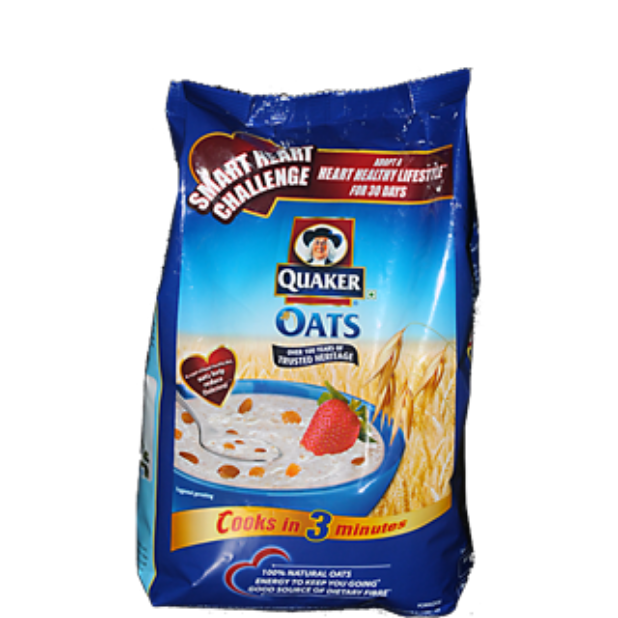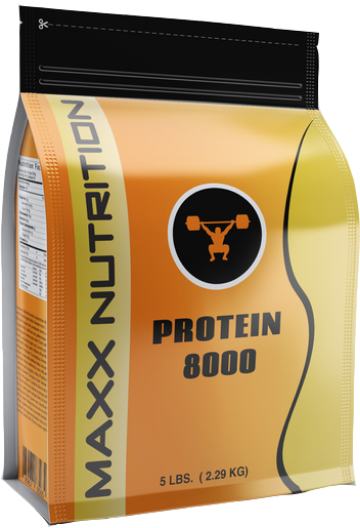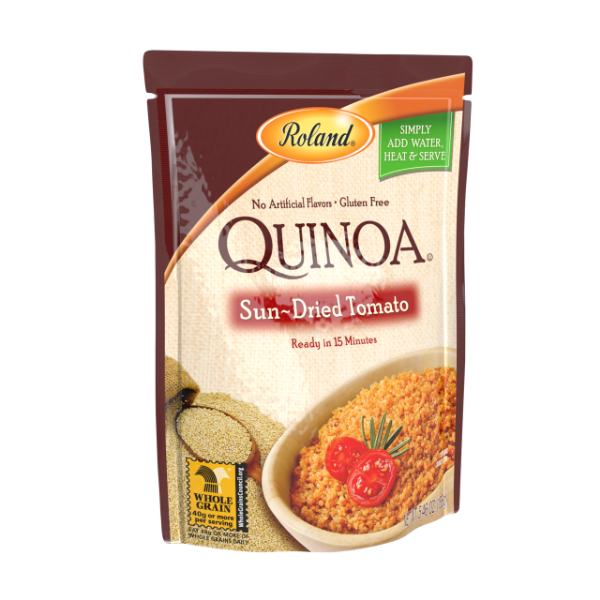Flexible barrier packaging, increasingly used in the market place, describes a form of product packaging that involves what are called stand up pouches, stand up bags or printed stand up pouches (among other names). Barrier packaging also includes flat bags which, like stand up bags, are made with laminated barrier film and can be custom printed.
So how does flexible barrier packaging compare with other packaging like boxes, plastic canisters or folding cartons, to name a few? Favorably, it turns out, and in many ways. First, it's extremely convenient, from the initial moment it's opened to the last time they are used. Whether the contents are powdered, solid or liquid, there is an easy-to-use style to suit. Customized with tear notches for opening and zip lock for closure when they contain dry goods and with spouts and easy on/off caps for liquid products along with hang holes are just some of the available features. Below is a video that compares pricing between a stand up bag and other types of packaging.
Stand up pouches are customizable, with printing available in 10 colors. They can be opaque if light can degrade the contents. They can be clear if light doesn't. Product information can be printed directly on the bags or they can be sent without any labeling to allow for the manufacturer to affix its own.
As barrier packaging is scientifically designed, it provides exceptional protection of the product, yielding long term freshness and maximum shelf life. This type of barrier packaging can stand up on the shelf or, if optional hang holes are included, be suspended from pegs. Either way, this packaging is ideal for displaying at eye level.
Stand up pouches are landfill-friendly, if they make it to a landfill at all. Why? Because they're recyclable. They make more environmental sense than many other forms of packaging.
Barrier packaging. Attractive. Effective. Convenient. And environmentally sound. Everything one could ask for in product packaging.

